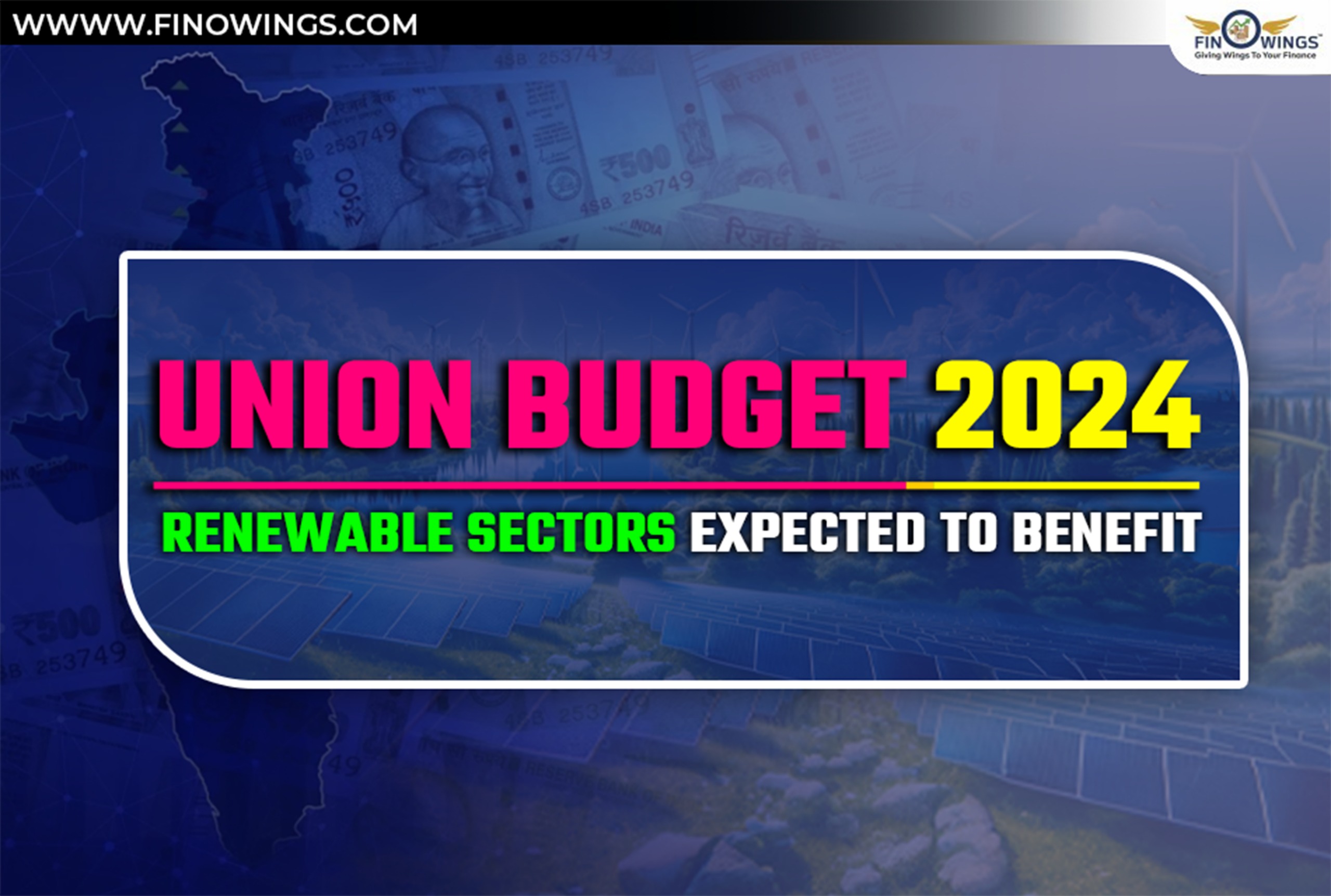Home >> Blog >> Union Budget 2024: Renewable Sectors Expected to Benefit
Union Budget 2024: Renewable Sectors Expected to Benefit

Table of Contents
Introduction to Renewable Energy
As the budget day approaches, various sectors are experiencing a buzz of activity. Among these, the renewable energy sector stands out as a significant focus. In this article, we will delve into why renewable energy is crucial and what opportunities it presents.
Government Vision and Challenges
The government aims to achieve a 500 GW renewable energy installed capacity. Despite budget allocations, it's essential to analyze how close we are to this target and what challenges lie ahead.
Current Installed Capacity
As of now, our installed capacity is around 136.16 GW. The growth rate has been steady but not sufficient to meet the 2030 target if we continue at this pace.
- 2021: 12-13%
- 2022: 12-13%
- 2023: 12-13%
To reach 500 GW by 2030, the growth rate needs to accelerate to 22% CAGR from 2024 onwards.
Detailed Video:
Government Initiatives and Budget Allocations
To achieve the ambitious target, the government has been allocating substantial budgets and providing incentives. Let's look at some key allocations and initiatives.
Budget Allocations
- 2023: Rs.4970 Crore for solar power grid infrastructure
- 2024-25 Interim Budget: Rs.8500 Crore
- Green Hydrogen Program: Rs.7490 Crore
These allocations aim to boost renewable energy projects and infrastructure development significantly.
Key Programs
The government has launched several programs to accelerate renewable energy adoption:
- PM Surya Uday Yojana: Rs.75000 Crore allocation
- PM Suryodaya Ghar Mukt Bijli Yojana: Targets 1 crore homes with solar panels
Need for Fast Capacity Addition
To meet the 500 GW target, fast capacity addition is crucial. This requires the involvement of multiple players and substantial government incentives.
"Incentives should stimulate market innovation and technological advancement." - Gauri Singh, Deputy Director General, International Renewable Energy Agency
Government support and incentives are vital to achieve the fast-track growth required in this sector.
Understanding the Renewable Energy Mix
When discussing renewable energy, it's essential to consider various sources like solar, wind, bio, and small hydro. Focusing solely on solar energy is not enough.
- Solar: 75%
- Wind: 45%
- Bio: 10.26%
- Hydro: 4.99%
Investors should look at the entire renewable energy mix to identify potential opportunities.
Opportunities for Proxy Players
In the renewable energy sector, proxy players also play a crucial role. These are companies that support the main renewable energy projects.
- Equipment suppliers
- Technology providers
- Infrastructure developers
Investing in these proxy players can also yield significant returns as they are integral to the success of renewable energy projects.
The Global Perspective
Renewable energy is not just a national focus but a global one. India aims to be among the top countries in renewable energy adoption, and this requires rapid and large-scale investments.
Major players like Ambani and Adani are making substantial investments in this sector, indicating the opportunities available.
Conclusion
Understanding the government's vision, the challenges, and the need for rapid capacity addition is crucial for investors. The renewable energy sector offers significant opportunities, and with the right approach, investors can benefit from the growth in this sector.
Investing in renewable energy stocks, including proxy players, can provide substantial returns. Stay informed and make wise investment decisions to capitalize on the opportunities in this sector.
How did you find this detailed analysis of the renewable energy sector? Share your thoughts in the comments and don't forget to share this article if you found it useful.




















